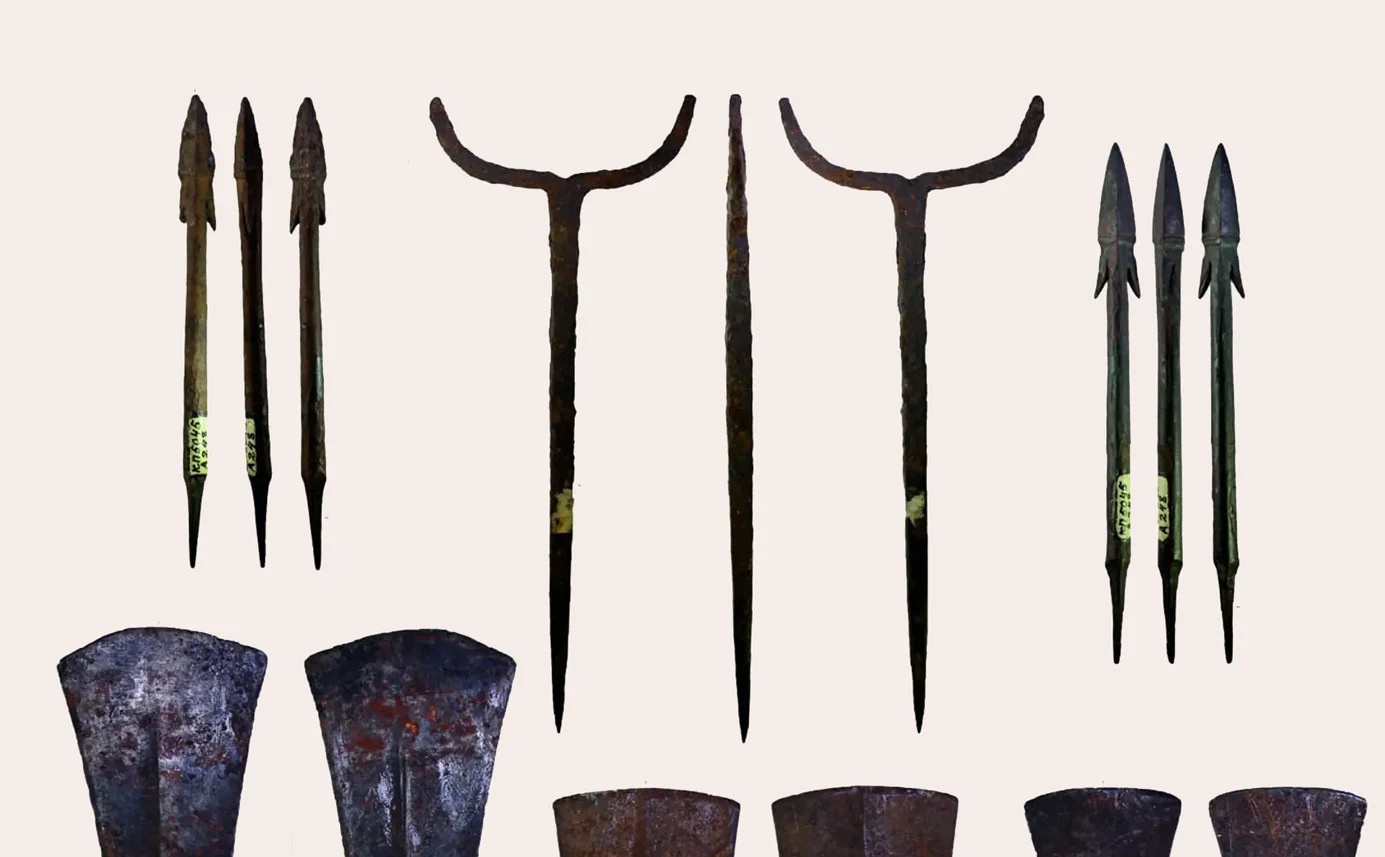Researchers at the Siberian Federal University (SFU) have rediscovered a collection of artefacts from the era of Genghis Khan while cataloguing undocumented objects in the storerooms of the Kytmanov Yenisei Museum-Reserve.
The collection includes Mongolian arrowheads (known as srezni), axe heads, a distinctive Y-shaped fork, and long armour-piercing arrows with spiked tips, which experts have associated to taiga populations during the later phase of the Lesosibirsk cultural period.
The Lesosibirsk culture is an archaeological culture that inhabited southern Siberia, particularly within the region of present-day Krasnoyarsk Krai. The culture overlaps with the expansion of the Mongol Empire and is considered part of the complex indigenous Siberian groups who came under Mongol influence.
The Mongol Empire emerged from the unification of several nomadic tribes in the Mongol heartland under the leadership of Temüjin, known by the title of Genghis Khan (AD 1162–1227).
The artefacts were first unearthed in the 1960’s during construction works near Yeniseisk, a town located on the Yenisei River in central Siberia.
According to Ksenia Biryuleva, senior researcher at SFU’s Yenisei Siberia Archaeology Laboratory, the artefacts came from a destroyed burial site where the ashes of a cremated person were buried.
The study was carried out within the framework of the project “Scientific and methodological support of the Institute of Digital Humanities Research and preparation of historical and cultural heritage databases for scientific work and publication”.
Header Image Credit : SFU
Sources : SFU







